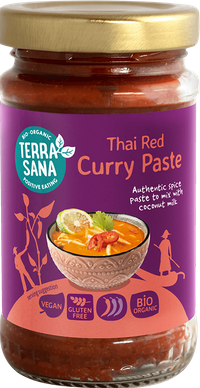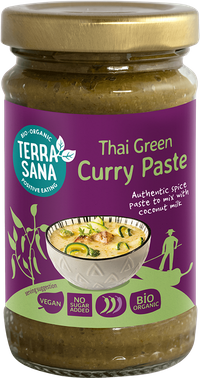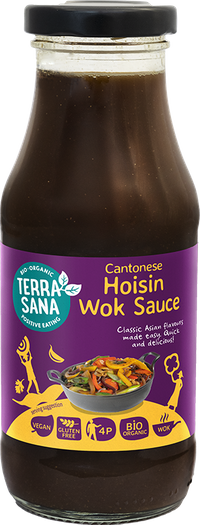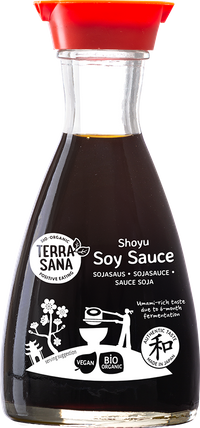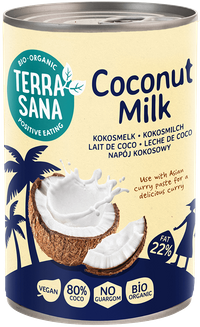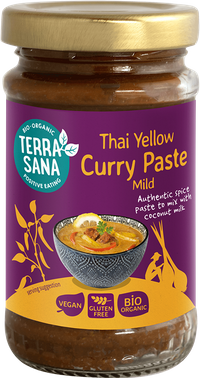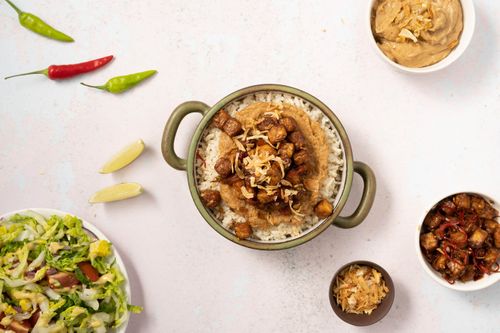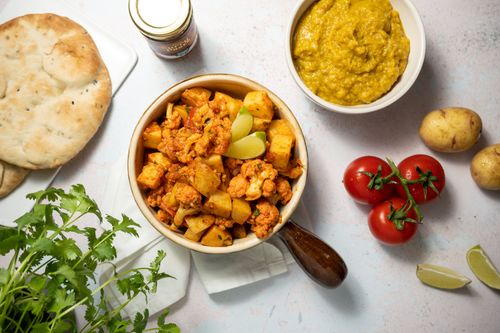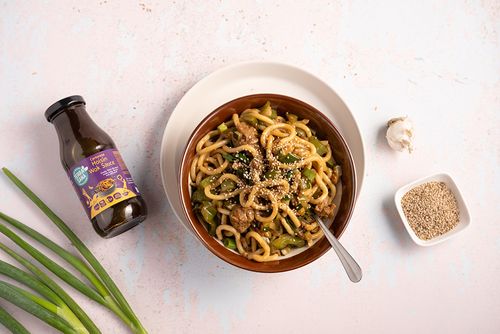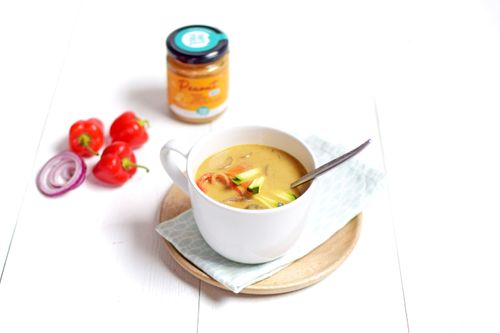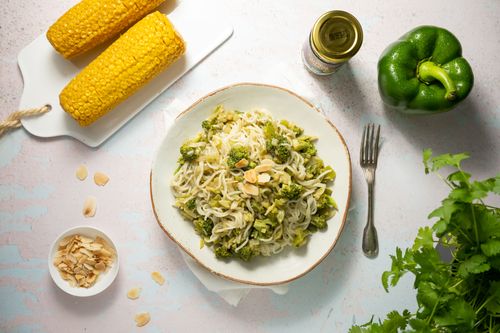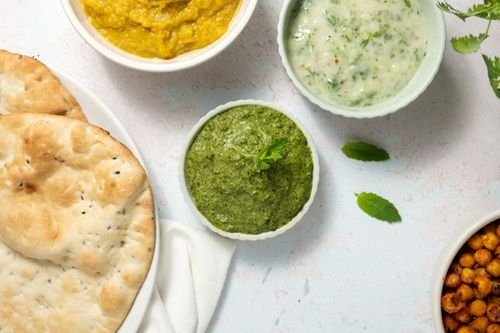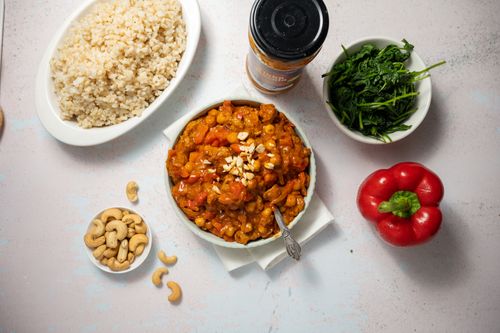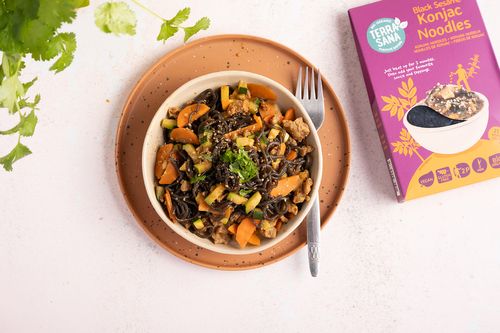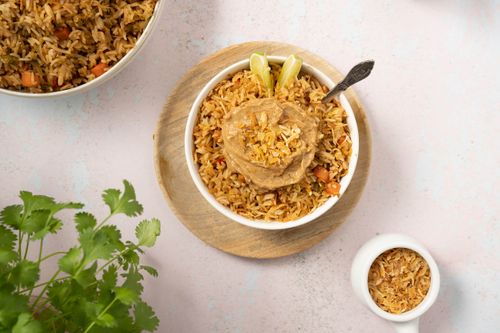Quick and easy wok cooking - with tips & recipes

Why wok cooking is ideal for easy cooking
Wok cooking is all about speed and simplicity. Everything cooks in a short time on high heat. You cut the vegetables, fry it briefly, add a sauce and you’re done. No complicated recipes, no mountains of washing-up. You can vary endlessly with what you have on hand and don’t need to prepare much. Great if you want to cook quickly, eat plant-based food or just don’t feel like spending a lot of time in the kitchen.
What can you do with a wok?
Much more than you think. Apart from the classic stir-fry, you can also use a wok:
- Fry up leftover rice or noodles
- Fry tofu or tempeh until crispy
- Make curry in one pan (with curry paste and coconut milk)
- Sauces boil down until sticky
- Steaming vegetables with a dash of water and a lid
- Deep-frying with relatively little oil
- Making broth or noodle soup
The wok is an all-in-one pan for quick cooking!
Using wok sauce: how do you get flavour into your pan?
The flavour is in the sauce. And there is a lot to choose from. You can use a wok sauce that is already prepared, such as:
- Hoisin wok sauce. Sweet, savoury, slightly spicy. Delicious with tofu, mushrooms or (rice) noodles.
- Teriyaki wok sauce. Umami and slightly sweet. Works well with carrot, tempeh or broccoli.
- Thai curry paste. Slightly tangy and spicy. Mix with coconut milk for a quick wok curry.
- Tamari or shoyu. Soy sauce for depth and salt. Combine with sesame oil or mirin.
- Mirin. A slightly sweet rice wine that balances your sauce.
Pro tip: Add your sauce only at the end. Sauces with sugar (such as hoisin or teriyaki) burn quickly on high heat. Therefore, turn down the heat for a while before adding the sauce. Let the pan cool slightly and then fry briefly. As soon as the sauce starts sticking to your vegetables or tofu, you have achieved your goal.
How to do it (without the hassle)
Wok cooking is not difficult. Even without cooking skills, you can wok well. And once you know these ‘rules’, you can make anything.
- Heat your pan well (but wait a bit before using oil)
Let your pan get hot first. Only then put in the oil. Use good oil that can withstand heat, such as coconut oil. - Start with the hearty vegetables
Fry carrots, broccoli or white cabbage first. Slice thinly, it will go faster. - Add the softer vegetables
Peppers, leeks, beansprouts, courgettes – you only need to fry them briefly. - Add protein
Tofu or tempeh can be fried separately for a crispy bite, or added now if you need to do it quickly. Seitan can easily be added now. - Time for the sauce: turn down the heat!
Turn down the heat before adding wok sauce. Especially if it contains sugar. This will prevent the sauce from burning. Let fry for a while until it starts to shine and caramelise. - Ready? Serve it up
Wok dishes are best when they are just ready. Serve with rice, noodles or plain.
No time to spare? No stress.
Wok works because you don’t have to plan. You look at what you have, chop some vegetables, wok it with a sauce, done. That makes it perfect for weekdays, after work, with kids, with leftovers or if you just want a quick meal. And the more often you do it, the easier it gets.
Tips so you wok like a pro
Wok cooking seems simple, and it is. Still, it is helpful if you follow a few basic rules. The difference between a soggy pan of vegetables and a fragrant, crispy wok meal is often in small things. Think about order, temperature, the right oil or when to add the sauce.
These are our best tips and most important wok rules. If you follow them, you will always be right. Whether you are making tofu with hoisin or a quick curry with coconut milk.
- Let your pan get really hot first
Wok cooking only works well when your pan is red-hot. Wait until a little smoke comes from the pan, only then will the party begin. Starting too early = weak bite. - Do not add oil until the pan is hot
Heat the empty pan first. Only then add a dash of oil (such as rice oil, peanut oil or refined coconut oil). This will prevent your oil from burning or your ingredients from sticking to the pan. - Make sure everything is cut and ready
A wok dish goes quickly. If you still need to cut vegetables while you are already wokking, you are too late. Have everything ready: vegetables, protein, sauce, spoon or tongs. - Do not cook too much at once
Too many vegetables at once cools down your pan. Result: you don’t fry, you steam. Rather work in portions if you’re making a lot. - Pat wet vegetables or tofu thoroughly dry
Water on your ingredients ensures steaming instead of frying. Dry tofu = crispy tofu. - Fry tofu or tempeh separately for extra bite
Want a crispy coating? Fry tofu or tempeh first on high heat in some oil. Only add to the rest of the dish later. - Leave ingredients for a while for colour
Wok cooking is not about frantically keeping stirring. Leave your vegetables or tofu for a while so it can fry well. Only then flip it over. - Always add sauce at the end
Especially for wok sauces with sugar (like hoisin or teriyaki). Turn down the heat, pour in the sauce and fry briefly until sticky and shiny. - Use a real wok (no non-stick coating)
A steel wok or cast-iron pan gets much hotter than a non-stick pan. And you can taste that difference. Don’t worry if you don’t already have one, but it is definitely recommended if you want to wok more often.
